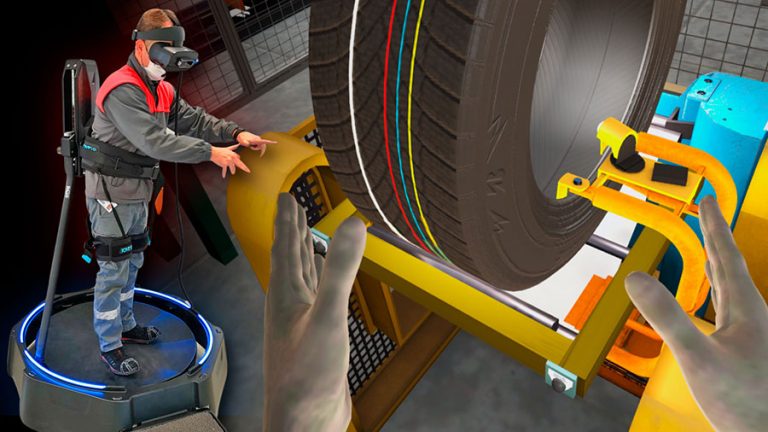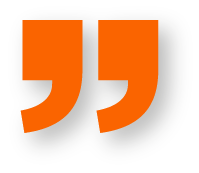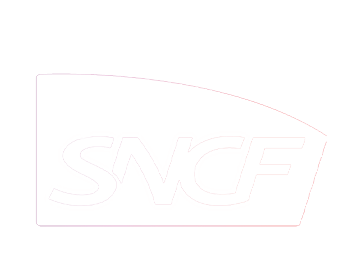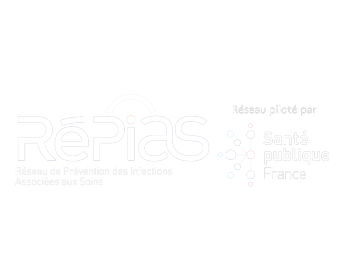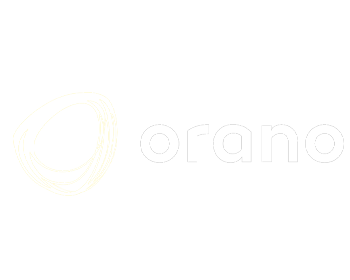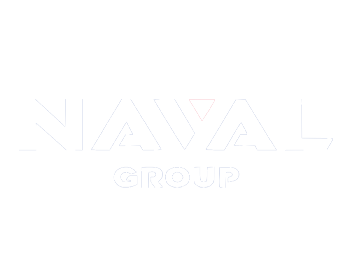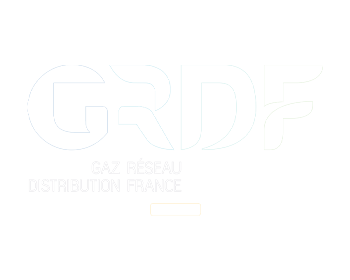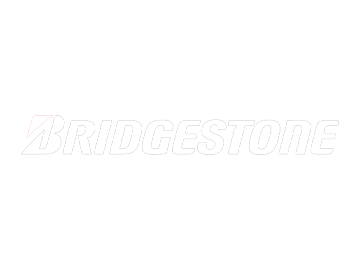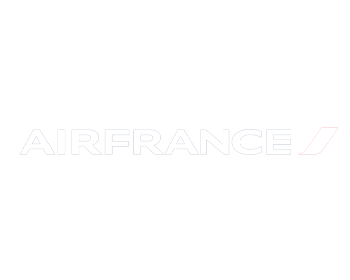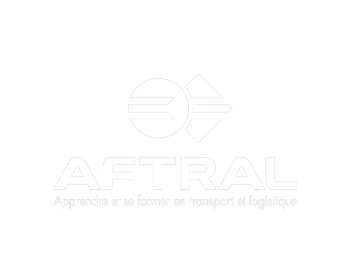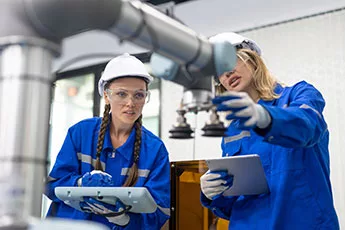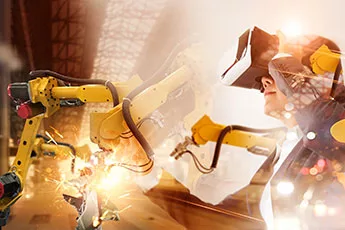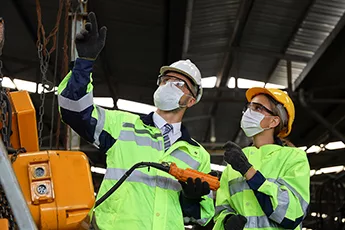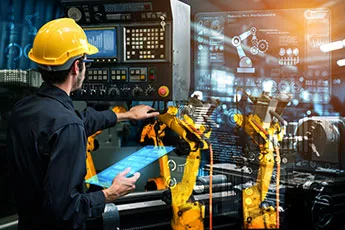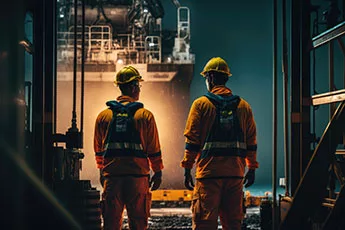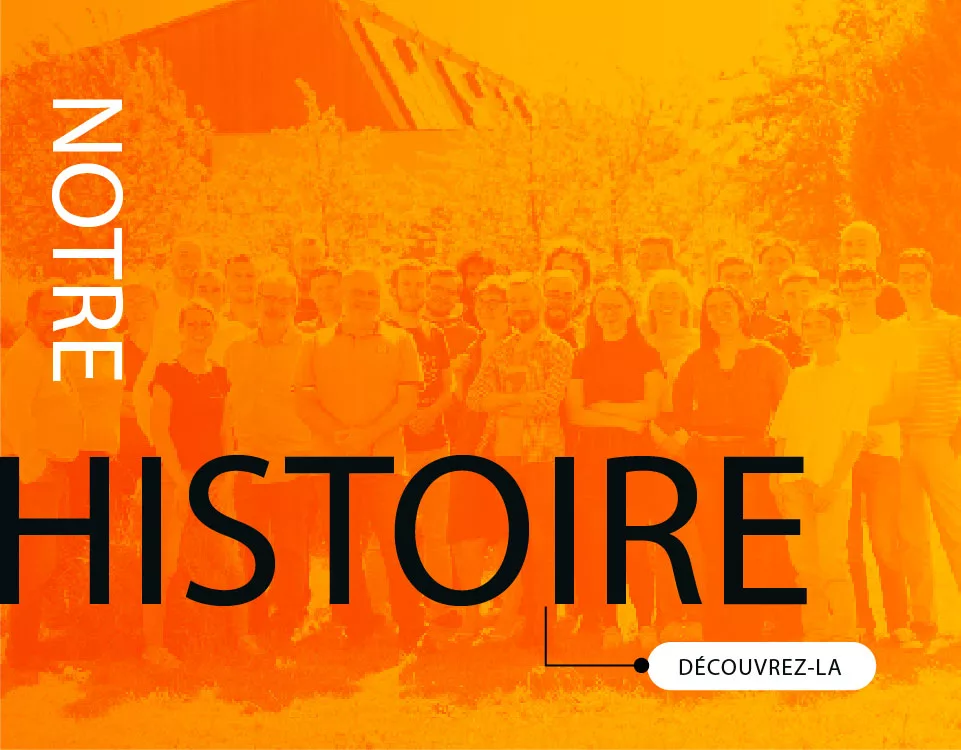Passionate about pedagogy and innovation, the teams at Audace Digital Learning leverage their skills to create engaging digital training programs that ensure a return on investment. Audace boasts 25 years of experience in designing and producing effective tools for operational performance: e-learning, serious games, simulation tools, simulators, smart maintenance, and more. Primarily serving the industries of manufacturing, logistics, and healthcare, Audace is a pioneer in immersive learning and an expert in augmented, virtual, and mixed reality solutions.

Audace Digital Learning
Passionate about teaching and innovation, the Audace teams put their skills to work to create engaging digital training courses that guarantee a return on investment. Audace Digital Learning boasts 25 years of experience in designing and producing effective tools for operational performance: e-learning, serious games, simulation tools, simulators, smart maintenance, and more. Primarily serving the industries of manufacturing, logistics, and healthcare, Audace is a pioneer in immersive learning and an expert in training solutions using virtual, augmented, and mixed reality.Strive for excellence
with Audace Digital Learning
Onboarding, knowledge or skill acquisition, process integration, workplace safety and quality of life, cybersecurity, compliance… Whether you aim to develop hard skills or soft skills, Audace offers the e-learning module, serious game, or VR training solution tailored to your educational goals and learner audience. With its hundreds of digital training programs, Audace Digital Learning helps you create effective training to enhance your employees’ employability.


Enhance
your performance
The expertise of Audace Digital Learning
Digital learning
By integrating Digital Learning into your skills development strategy, you create the conditions for a culture of continuous learning, promote the adoption of best practices and stimulate operational improvement. Rely on Audace Digital Learning’s 25 years of experience to help you do just that!
The latest news from Audace Digital Learning
News, Digital learning
Energy sobriety: OPCO2i is a hit with elearning!
Like all industries, the paper and cardboard industry must face...
News, Digital learning
Let's meet at the Learning Technologies 2025
The Learning Technologies conference will be held from January 29...
News, Immersive learning, Immersive learning
[CES 2025] Pimax Crystal Super VR Headset : a VR evolution
Unveiled at CES 2025, the virtual reality headset Pimax Crystal Super...
News, Immersive learning, Immersive learning
[CES 2025] Roto VR Explorer: A Haptic Chair
Image : Roto The world of virtual reality is rapidly...
News, Immersive learning, Immersive learning
[CES 2025] Sony unveils XYN™
Image : Sony At CES 2025, Sony unveiled XYN™, its...
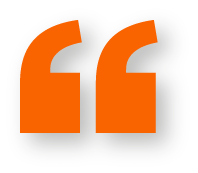
They are the ones
who talk about it best.
SKEMA Serious Game – Management
« It’s a great comfort to have the seminar behind us, with overwhelmingly positive feedback from participants. We’ve built a beautiful interface that’s very interactive. Your team, led by Mickaël, performed very well, with real commitment. »
Béatrice TOUSTOU, Teacher-researcher
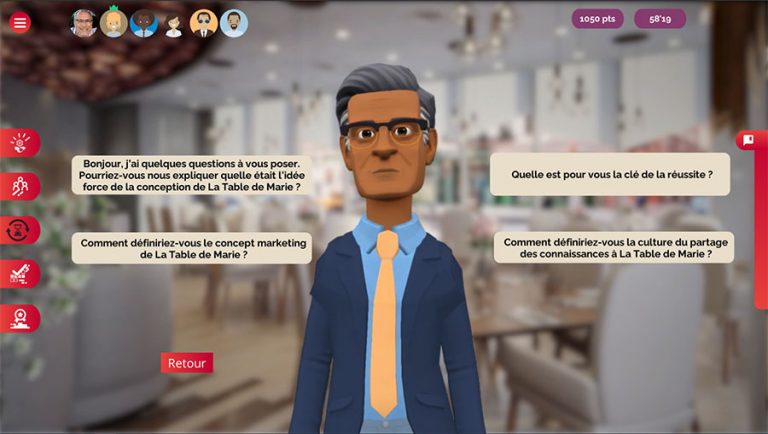
Aesio – Telemedicine
« Thank you very much for your responsiveness. And congratulations on your work! »
Vincent BERGER, Digital Learning Manager, Campus des Talents AESIO Santé
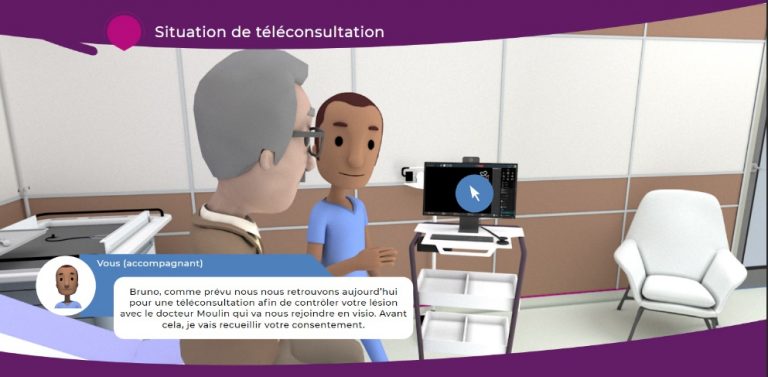
Match – HSA E-learning Modules
« Thank you to all four of you for your work in producing the 7 SCORM modules received today.. It’s been a real pleasure working with you on this project, which I understand has been a real challenge. I hope we’ll have another opportunity to do such good work, especially for the next Drive module. »
Sylvain CORNELISSEN, Training Project Manager
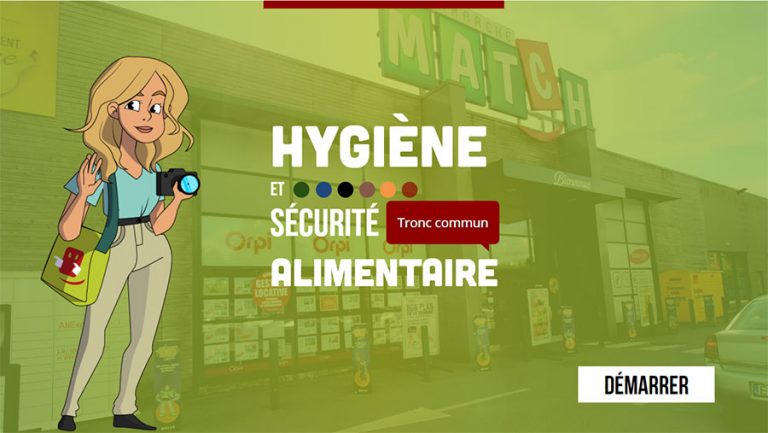
SNCF – E-learning Safety
« Many thanks to you and your team for your excellent design and listening skills. »
Nicolas DIDIER, Project Manager, SNCF RÉSEAU
DSSR Safety Division
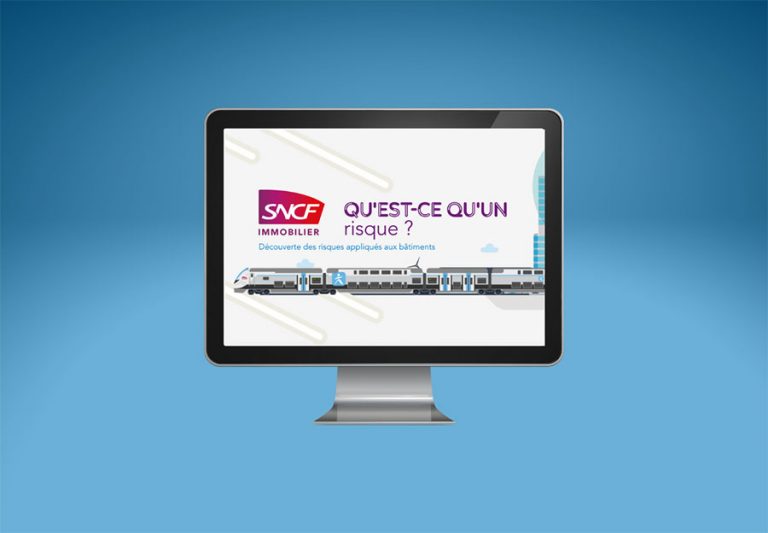
RTE – Psycho-Social Risks
« Thanks for all your hard work, these modules are really great. ! »
Léa JULIENNE, Multimedia educational designer RTE
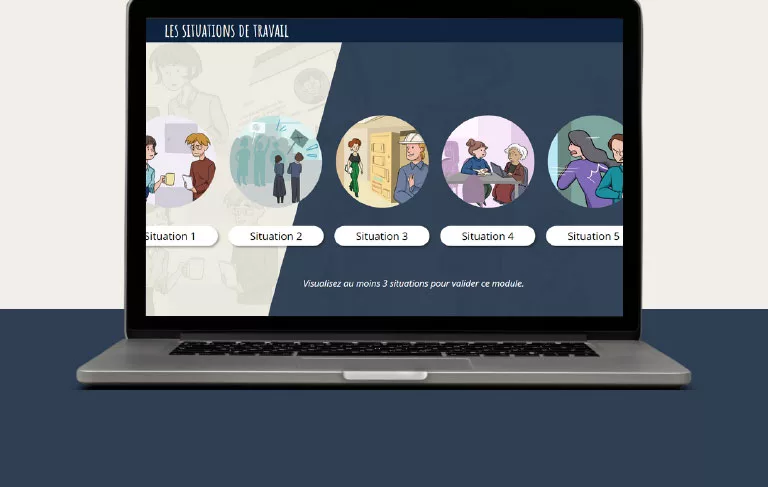
TOTAL – E-learning “Centrifugal pumps“
« AUDACE has developed an innovative digital course for TotalEnergies on equipment used in the oil industry, such as centrifugal pumps. This E-learning program, which is very popular with employees, is based on effective teaching methods and high-quality 2D and 3D visuals. The course was created en french and in english in record time, less than 6 months. Well done to the AUDACE teams for their professionalism and commitment to this project.»
Emmanuel MUGNIER
, Learning Manager, CFST/ST (Solutions Techniques)
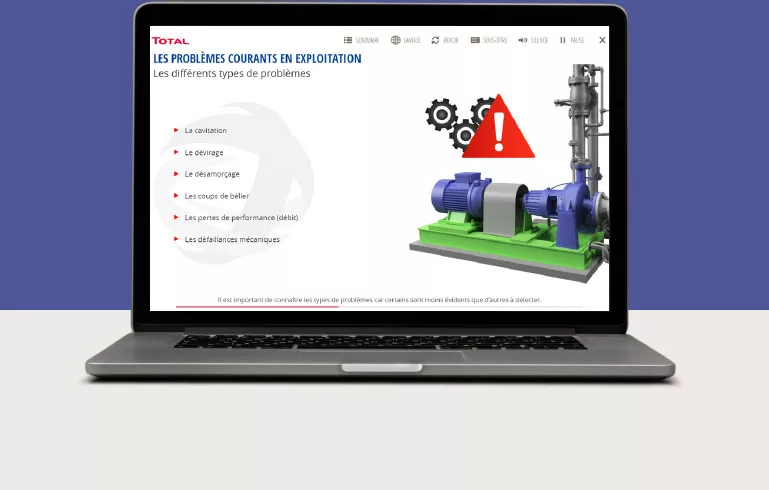
BRIDGESTONE – VR tire building simulator
« Thanks to VR, we save almost 80% of real machine learning. Traditional training requires one trainer per trainee. With VR, the ratio is 1 trainer to 10 trainees. We estimate savings of €1 million/year. This innovative training program gives us a major impact in various media, giving the company a very good image. »
IPIÑAZAR Asier, Operational Excellence Director at Bridgestone
